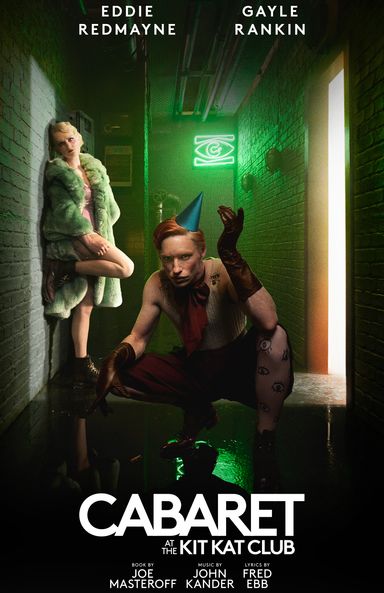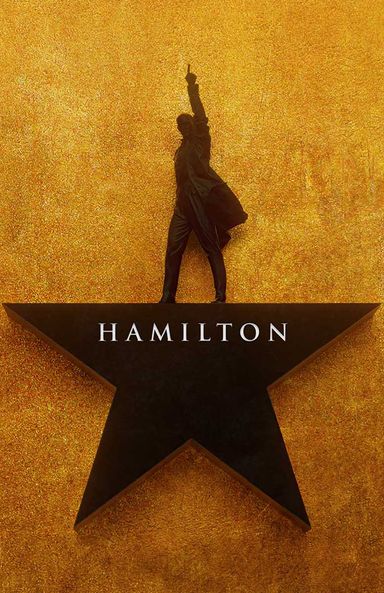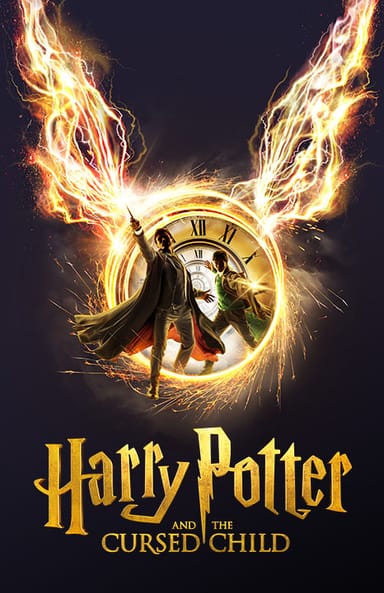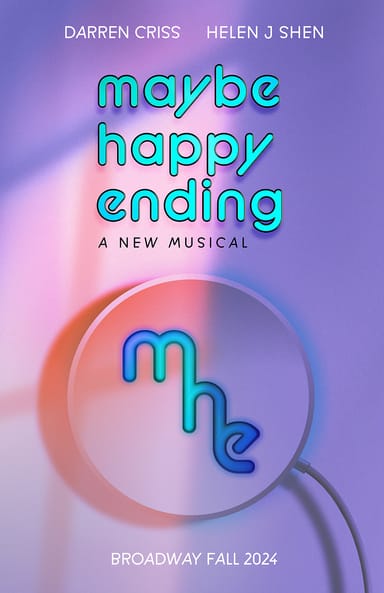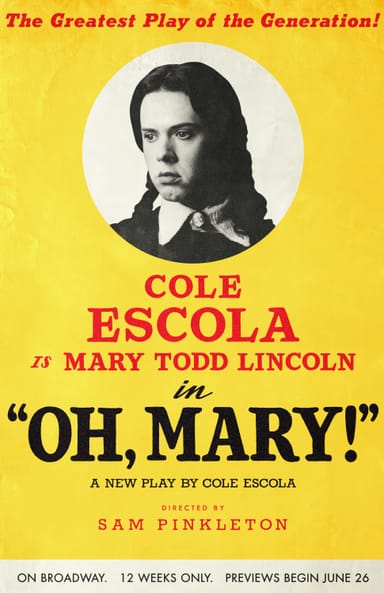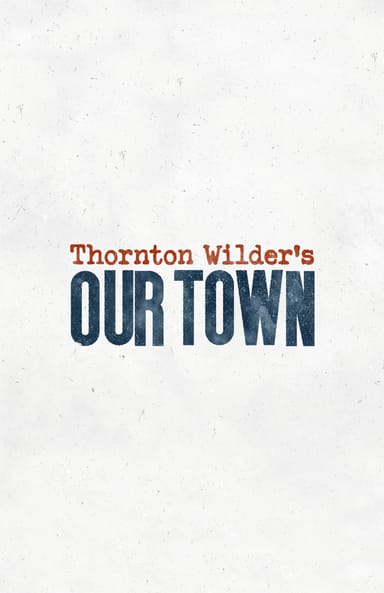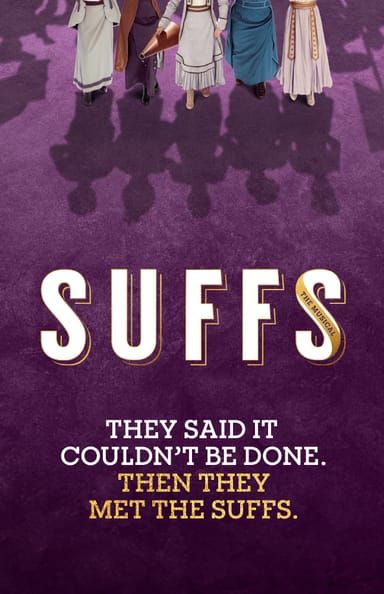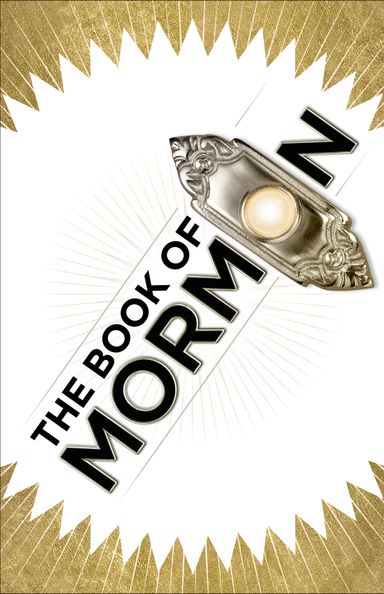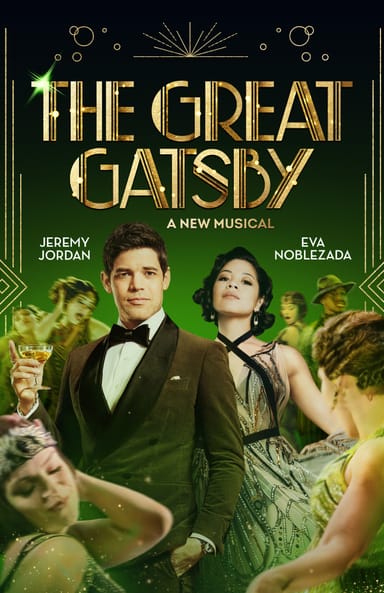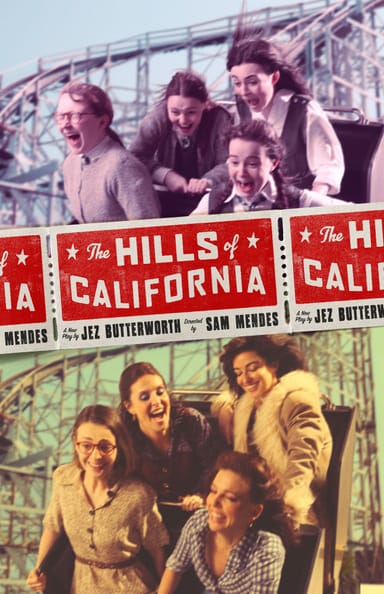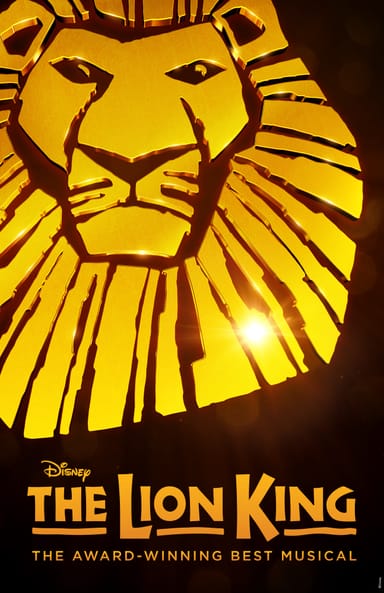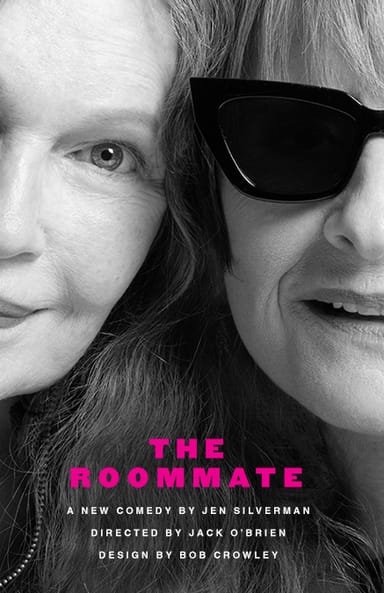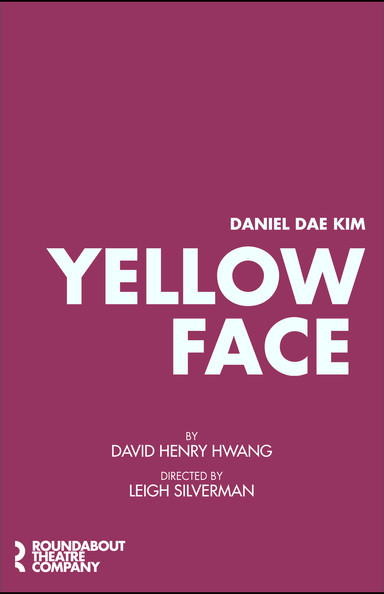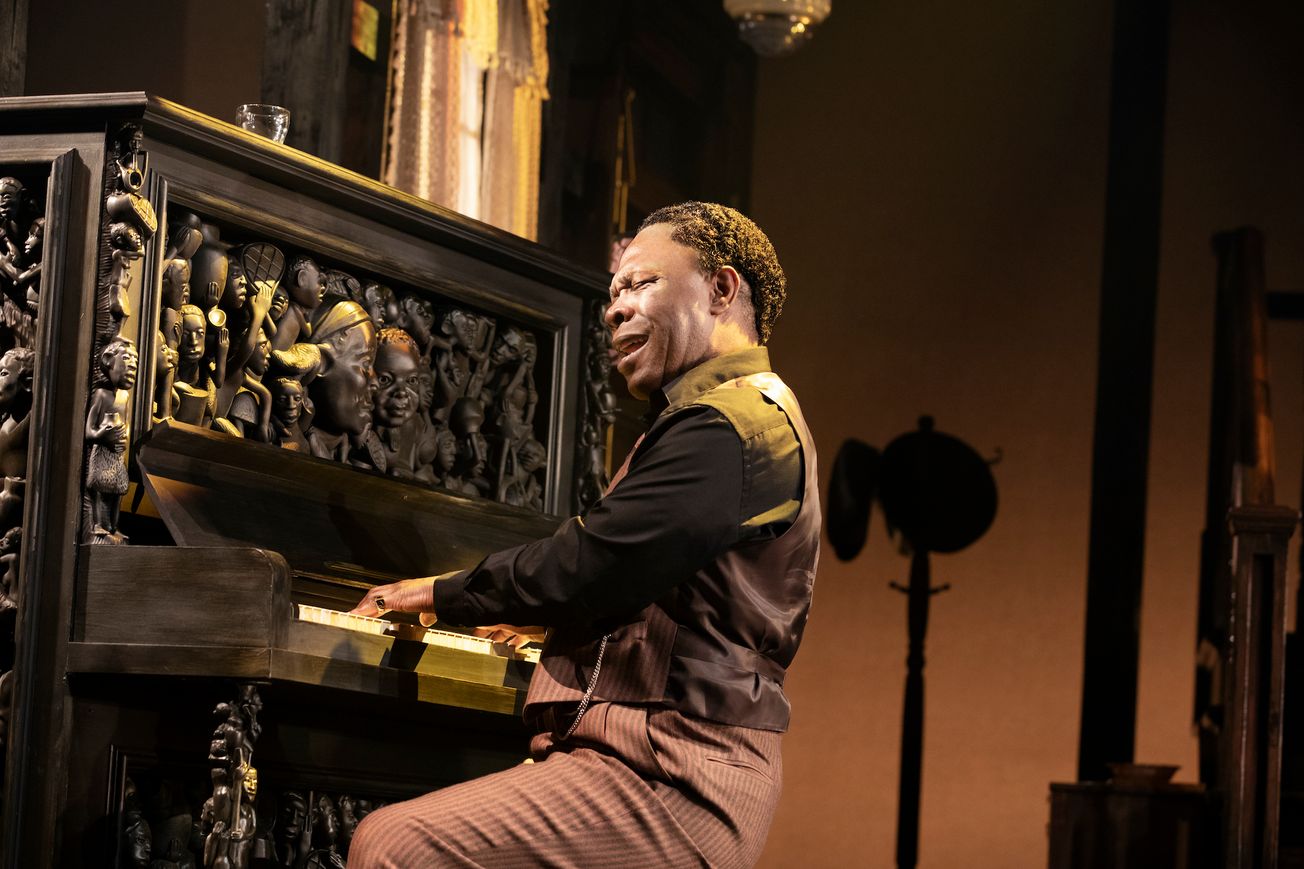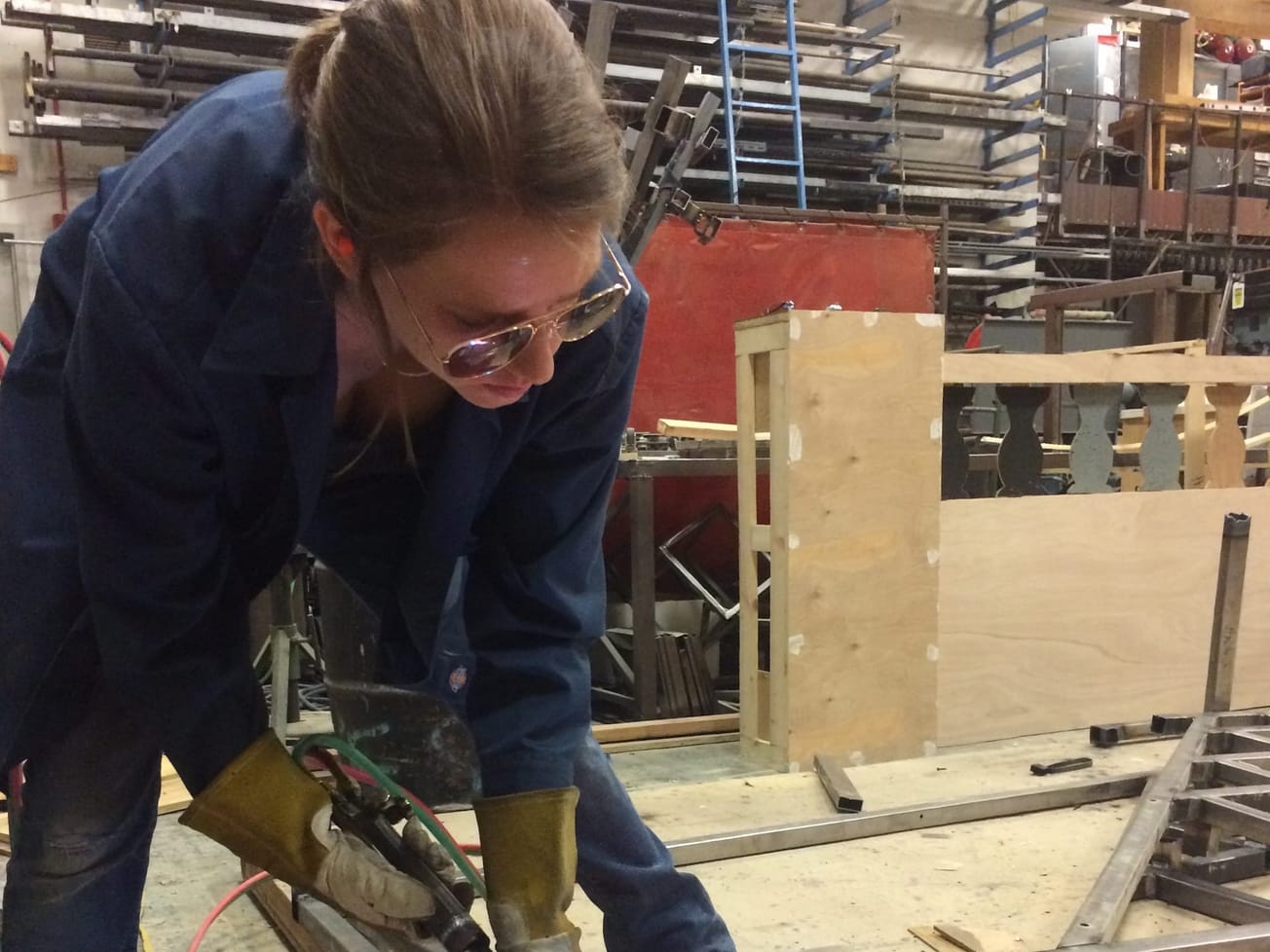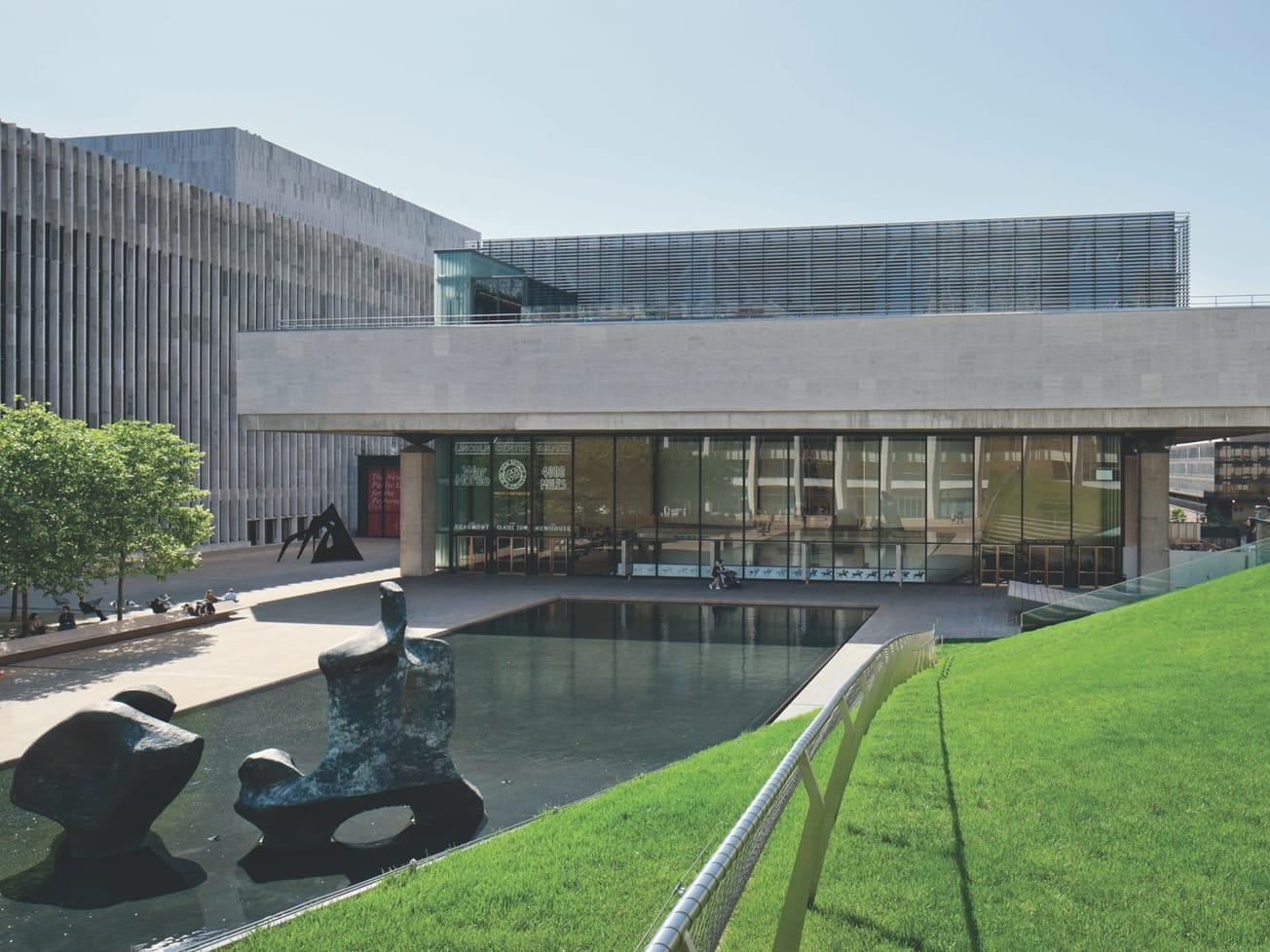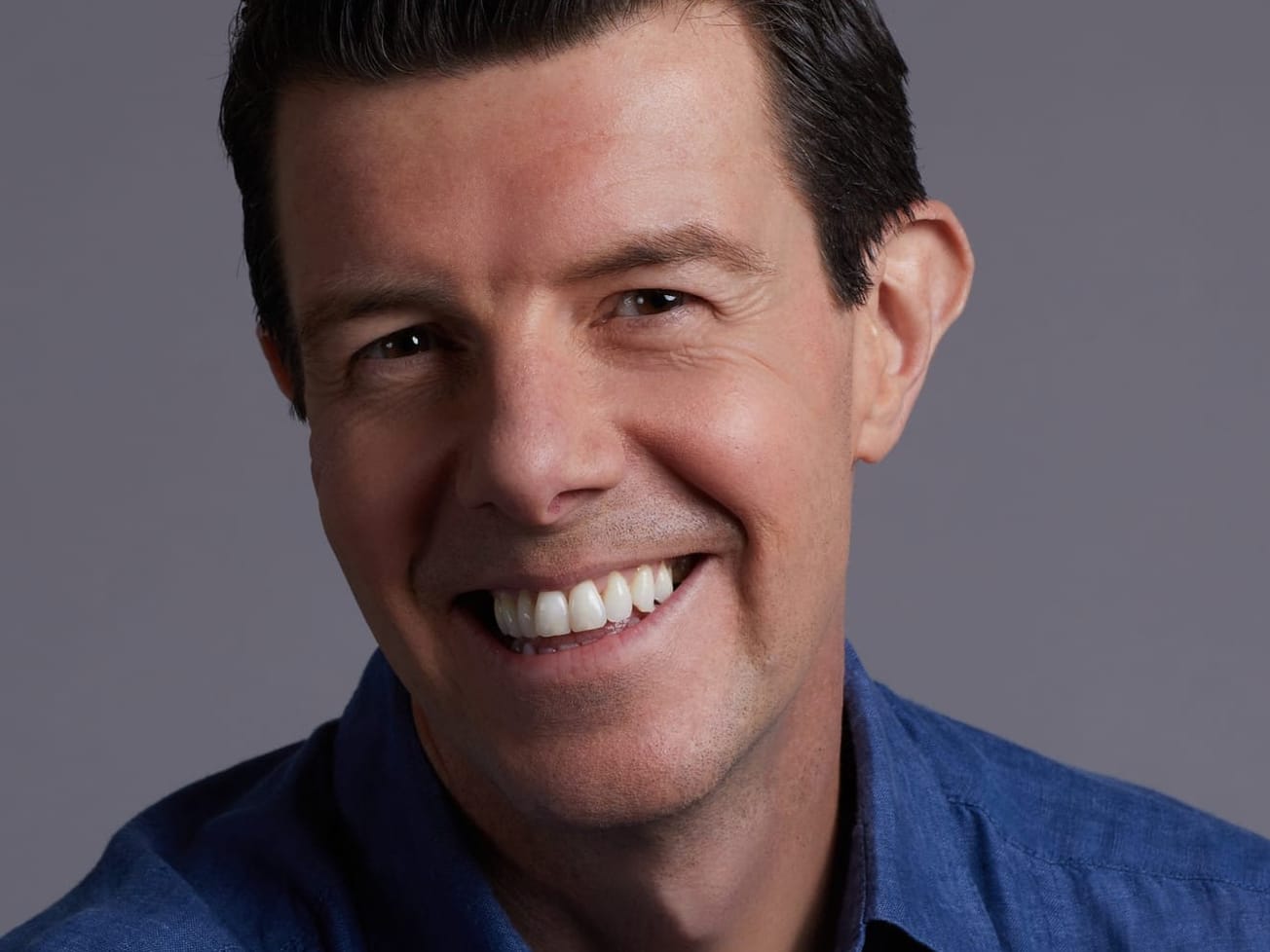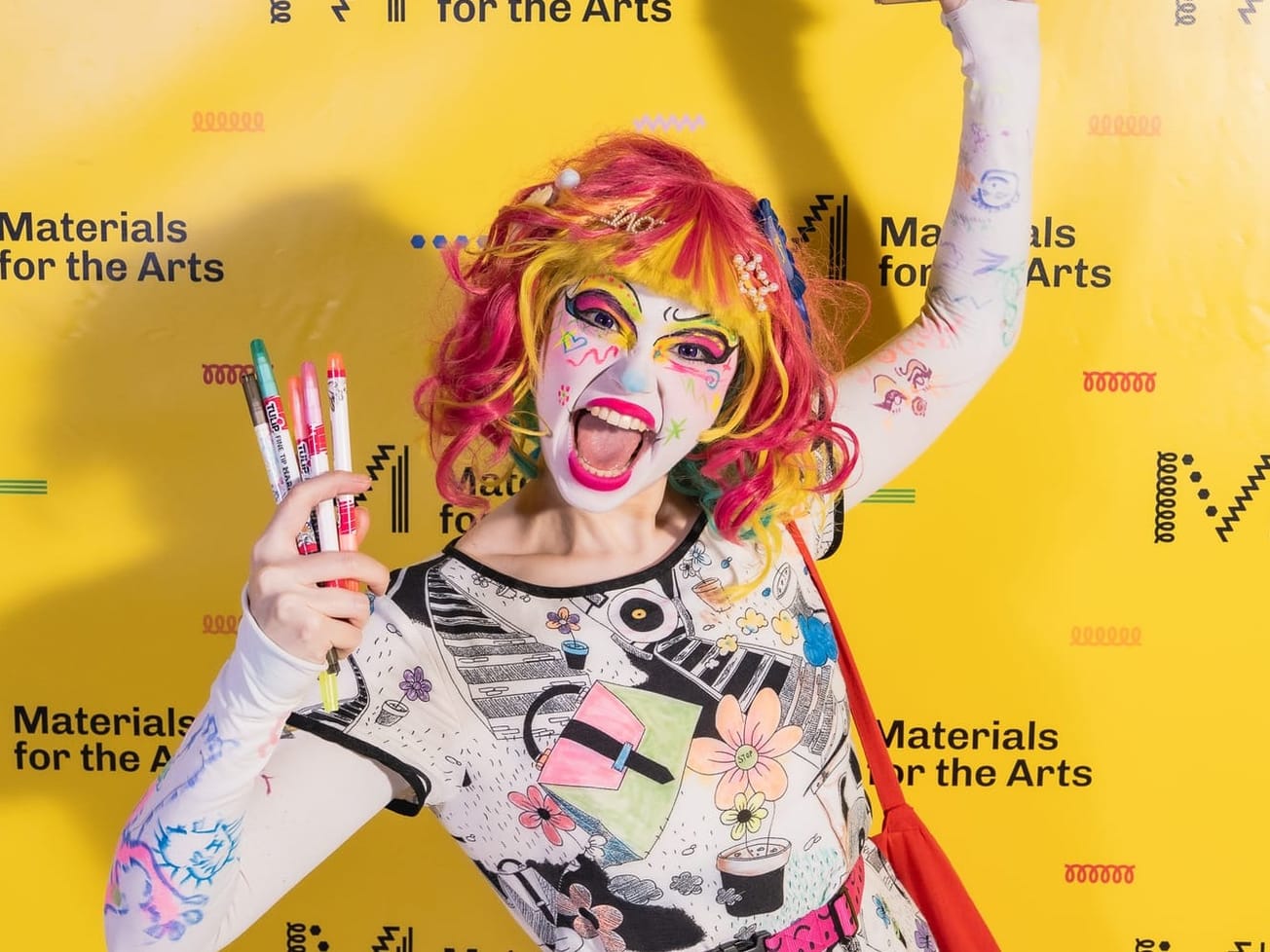When the house lights cut to black and dim sunlight reveals the skeleton of a house onstage at the Ethel Barrymore Theatre, your eyes can’t help but wander to the upright piano resting downstage right. At this point, it’s merely decoration, but over the course of “The Piano Lesson,” the heirloom becomes a full character in the current Broadway revival of August Wilson’s drama.
That piano is so central to this story that Wilson’s script dedicates half of its mandate for the play’s setting to a description of the instrument: “Dominating the parlor is an old upright piano. On the legs of the piano, carved in the manner of African sculpture, are mask-like figures resembling totems. The carvings are rendered with a grace and power of invention that lifts them out of the realm of craftsmanship and into the realm of art.”
With such detailed instructions, the resulting piece that audiences see onstage would seem preordained. But the truth is that the seemingly obvious artistry of the piano speaks to intense research, precise dramaturgy and the arduous labor that brought its design to fruition.
In reading the script’s passage, scenic designer Beowulf Boritt knew he needed a standout concept. “It’s always a little nerve-racking ’cause you are trying to put literary weight into a physical object and that’s tricky,” Boritt confided. He’d initially suggested bringing on visual artist Kara Walker, famous for her silhouette style. Director LaTanya Richardson Jackson responded with her own proposition: use a Tree of Life sculpture in her home, which was made by the Makonde people (an ethnic group of East Africa), as inspiration.

That idea ignited Boritt’s process. “Tree of Life,” or Ujaama, is a specific form of Makonde art, typically tall and carved in the round to tell stories of family and tribal connections. Guided by Richardson Jackson, Boritt decided to transpose the motif onto a piano.
Dramaturgically, it works. The piano belongs to Berniece and her brother, Boy Willie (though it lives in Berniece’s house). It was passed down from their father, who stole it from Mr. Sutter, who was the son of the slave-owning Sutter Sr., who owned Berniece and Boy Willie’s grandparents, whose faces are depicted on the piano as a gift to Sutter Sr.’s wife. Thinking of the family’s enslavement, Boritt reasoned, “If the family had some sort of history in that part of Africa, maybe that was a tradition they were familiar with and maybe that’s the kind of thing [their grandfather] could’ve carved.”
Given the history of the object and its owners, Boritt entrusted the majority of the piano’s creation to his associate. “I’m a straight white boy designing this play, and it felt slightly awkward for me to then be also designing this piece of African heritage,” Boritt said. He assigned the piano to his associate Romello Huins, a Black designer and recent graduate of University of North Carolina School of the Arts.
To begin the process, Huins researched Makonde sculpture. Without mimicking the culture’s art, Huins embedded the Makonde’s value of family in this piano. Some other signatures — like long arms, exaggerated head sizes, pieces coming out of the mouths of figures — reference Makonde roots but tell the story of the family in Wilson’s script. The panel above the keyboard centers the matriarch and her son (Bernice and Boy Willie’s great-grandmother and grandfather); the side panel illustrates a pivotal funeral. Huins began draftings and renderings; Boritt built a small-scale model.

“There’s such a wealth of research in this single object because it is so detailed,” Boritt said.
It quickly became clear that carving a whole piano out of any material was not in the cards. Instead, they’d build a piano of separate panels and embed carvings inspired by Makonde work. Still, this isn’t a typical construction assignment for a scene shop. Prop supervisor Kathy Fabian found the studio BB Props (which shares space with Four Horsemen, a company that specializes in prototypes for action figures) to sculpt and engineer the piano through a 3D-printing process.
Notably, “3D-printing” is more of a blanket term than a description of the mechanical process. For this piano, “[there’s] a big vat full of powdered nylon and a laser goes through and congeals the nylon in the parts that I want to be the object, and the rest of the powder blows away — closer to carving.”
Emiliano Pares of BB Props and Bill Mancuso of Four Horseman would create a virtual sculpture via computer, then 3D-print that section in nylon plastic, paint it to resemble ebony (traditional Makonde material) and send it to Huins and Boritt for feedback. “What we didn’t want is for it to feel like it was made by a computer,” Boritt said — even if that was the reality. “It had to feel handmade.” Through intense collaboration, the team honed a one-of-a-kind gem.
“The guys who did the digital sculpting were artists,” Boritt urged. “It’s a new form, but they’re just as much artists as somebody who would draw it by hand or sculpt it by hand. It’s just a different tool that they’re using to do the sculpting.”

Aside from its complex aesthetic, the piano is a functional player in this story. Characters play it, though some actors play and some don’t. The prop had to serve all needs. Boritt installed an electronic keyboard that could be turned on or off, but the actors would always be able to press the keys for a more authentic feel; plus, this allowed for better control of the sound.
The piano isn’t only a plot device in musical moments; it is the centerpiece in the crowning scene of this ghost play. From the beginning, Boritt noticed that Makonde sculpture featured open air and space between figurines. The designer suggested that at the climax, the piano could respond to the onstage action through light and vapors exposed in these natural holes. He recalled, “I was thinking: How do we integrate this into the story and how do we make this thing a character?”

Again, Boritt had to support his vision with technology. A steel pipe — nicknamed “the chimney” (because it runs from below the stage, up between floorboards and into the instrument’s bottom panel) — contains all the wiring necessary to make the piano play music, alight with fire and blaze with smoke. All in all it culminates in a creation worthy of its placement in the play’s title.
It seems no coincidence that Boritt was the person to lead this creative charge. The resulting piano joins a list of design feats synonymous with his body of work, including a full-size onstage pool for 2015’s “Thérèse Raquin” and a multi-story, morphable mansion for 2014’s “Act One.” But in every case, including “The Piano Lesson,” Boritt wishes to elevate — never distract from — what’s on the page.
“Ultimately, theater is an actor standing onstage saying words to an audience. That’s all you really need, and so everything that I’m doing is frosting,” Boritt offered.
“What I try to do is I find what is the crucial story moment, and then [ask], ‘How do I make that as spectacular as I can?’”

“The Piano Lesson” opened at the Ethel Barrymore Theatre on Oct 13 and is scheduled to run through Jan. 29.






